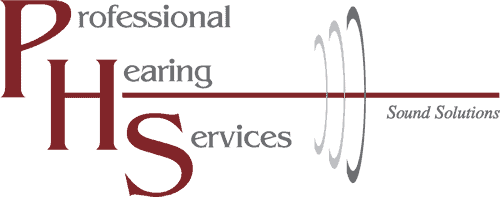Ear wax, or cerumen, is a natural and protective substance produced by our ear canals. While its role is to trap dust and prevent infections, an excess of ear wax can lead to discomfort, hearing issues, and even temporary hearing loss. In this comprehensive guide, we’ll explore the ins and outs of ear wax, providing insights into effective at-home management and the importance of professional earwax removal.
Understanding Ear Wax: The Good, the Bad, and the Itchy
Ear wax is a crucial component of our ear’s self-cleaning mechanism. Produced by the ceruminous glands, it serves as a protective barrier, trapping debris, dust, and bacteria. The natural movement of our jaw during activities like chewing and talking helps the wax migrate from the ear canal to the ear opening, where it eventually dries up and falls out.
Despite its protective role, an excess of ear wax can lead to various issues. Individuals may experience symptoms such as earache, tinnitus (ringing in the ears), dizziness, and hearing loss. When ear wax accumulates and hardens, it can create a blockage in the ear canal, impacting the transmission of sound waves and causing discomfort.
For some, the sensation of itchy ears may indicate an overproduction of ear wax. Itchy ears can be a sign that the wax is not naturally migrating out of the ear canal, potentially leading to a buildup.
Effective At-Home Ear Wax Management: DIY Strategies
Here are two at-home strategies for safe earwax removal:
Ear Drops: Over-the-counter ear drops can be an effective way to soften and loosen ear wax. These drops typically contain a solution of water and saline or other wax-dissolving agents. Follow the instructions on the packaging and consult with a healthcare professional.
Warm Water Rinse: A gentle warm water rinse can help flush out softened ear wax. Use a rubber bulb syringe filled with body-temperature water (never hot) and gently irrigate the ear while tilting your head to the side. Ensure water does not forcefully enter the ear canal, as this can cause injury.
When to Seek Professional Help: The Role of Hearing Health Specialists
If gentle at-home methods do not remove built-up ear wax, it’s time to seek professional support:
- Persistent Symptoms: If symptoms such as hearing loss, pain, or dizziness persist despite at-home efforts, it’s crucial to seek professional assistance. These may indicate a more significant issue or a hardened impaction that requires expert attention.
- Impacted Ear Wax: Impacted ear wax occurs when wax accumulates and becomes tightly packed in the ear canal. Attempting to remove impacted wax at home can be risky and may lead to injury. A hearing health specialist has the expertise to safely and effectively address impacted ear wax.
- Earwax Removal Tools: Hearing health specialists use specialized tools, such as suction devices or fine instruments, to remove ear wax safely. These tools allow for precise and controlled removal, minimizing the risk of injury to the delicate structures of the ear.
- Cerumenolytic Agents: In some cases, hearing health specialists may use cerumenolytic agents, which are prescription ear drops designed to break down and soften ear wax. These are administered under professional supervision to ensure safety and efficacy.
- Ear Irrigation: Ear irrigation, or ear flushing, is a procedure commonly performed by hearing health specialists. It involves using a controlled flow of water to flush out softened ear wax. This procedure requires skill and expertise to avoid complications.
Preventing Future Buildups: Healthy Ear Practices
Here’s how you can prevent earwax buildup in your ear canals:
- Regular Checkups: Include ear health as part of your regular check-ups. Routine examinations can catch potential issues early and prevent the buildup of excessive ear wax.
- Limit Earwax Removal at Home: While occasional at-home maintenance is acceptable, avoid frequent or aggressive attempts to remove ear wax. The ear’s self-cleaning mechanism is generally effective, and interference can disrupt the natural balance.
- Avoid Inserting Objects: Do not insert objects like cotton swabs or Q-tips into your ear canal. This can push earwax deeper, cause injury, and disrupt the natural flow of wax out of the ear.
Earwax and Healthy Hearing
If you have any concerns about earwax, visit us for support. We’ll take a closer look at your ears and help you remove any stubborn earwax.


